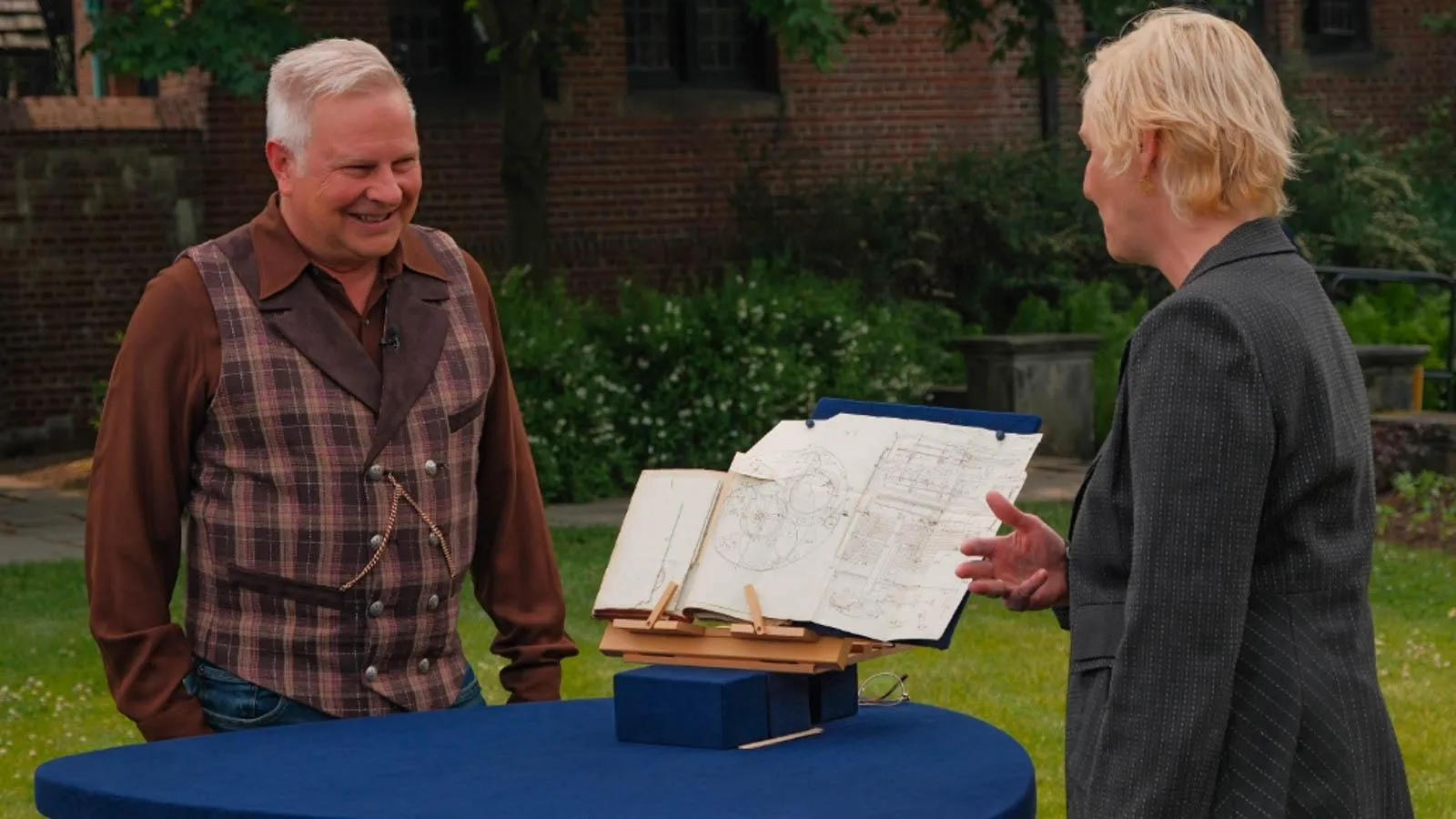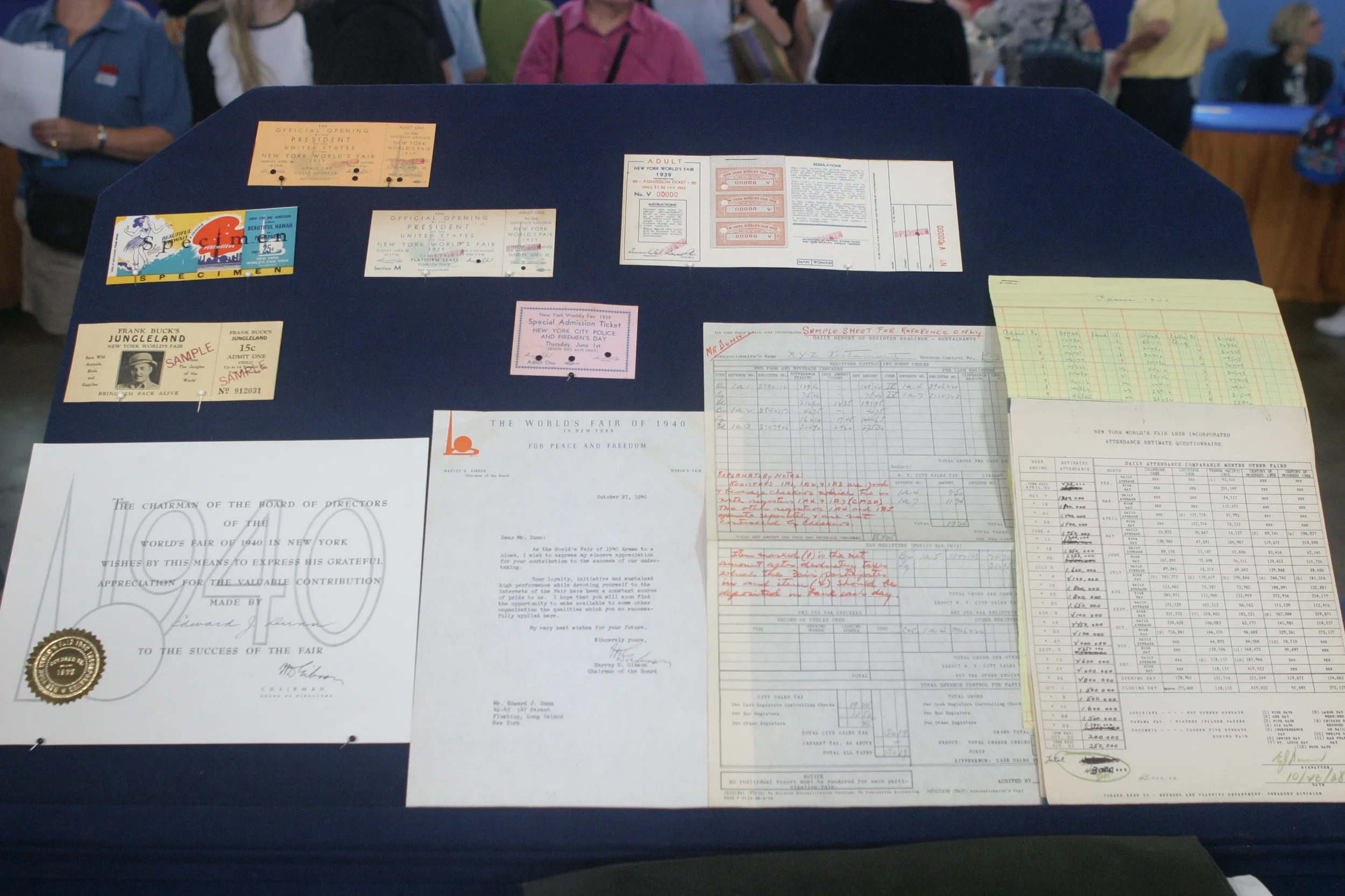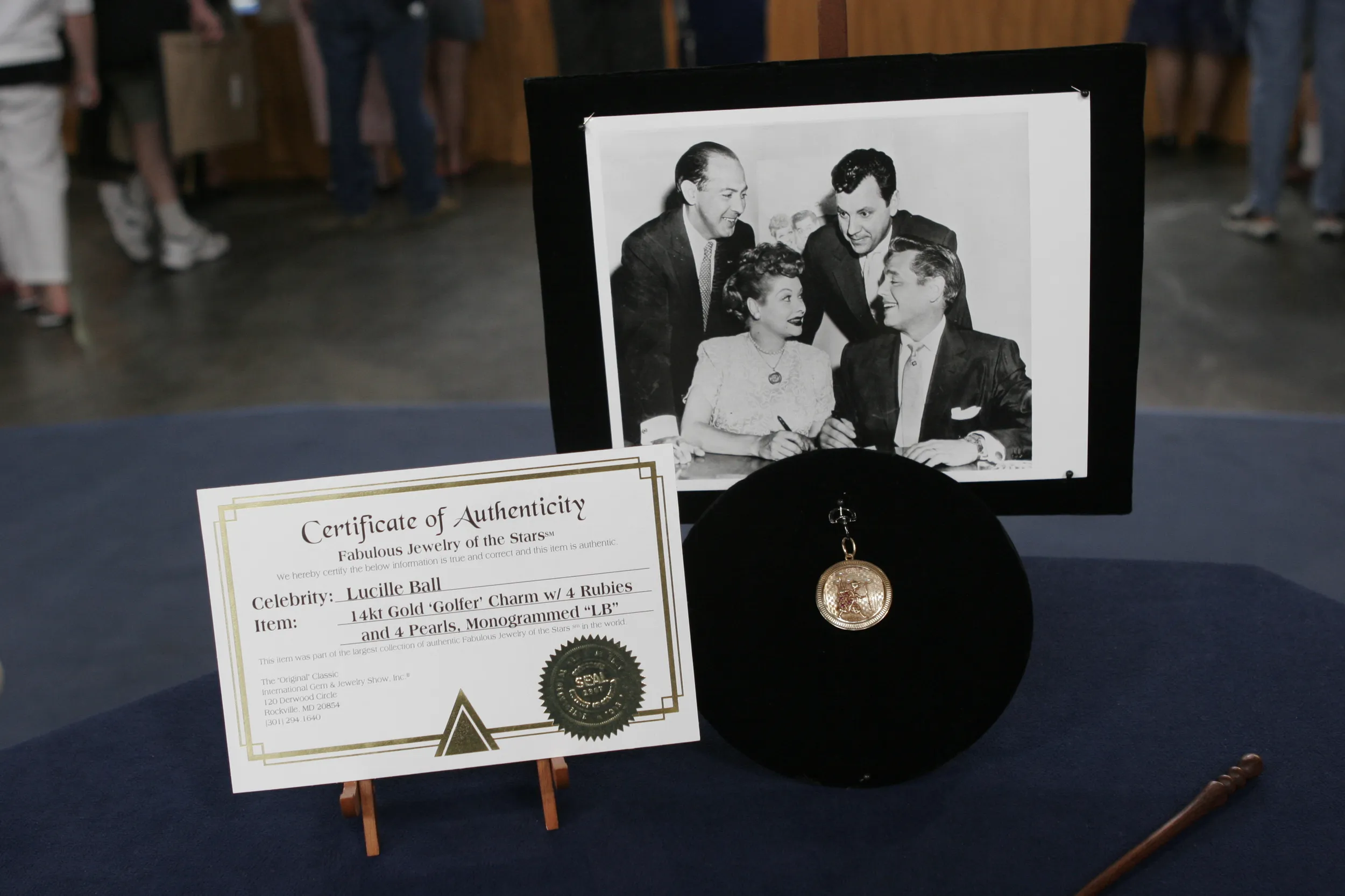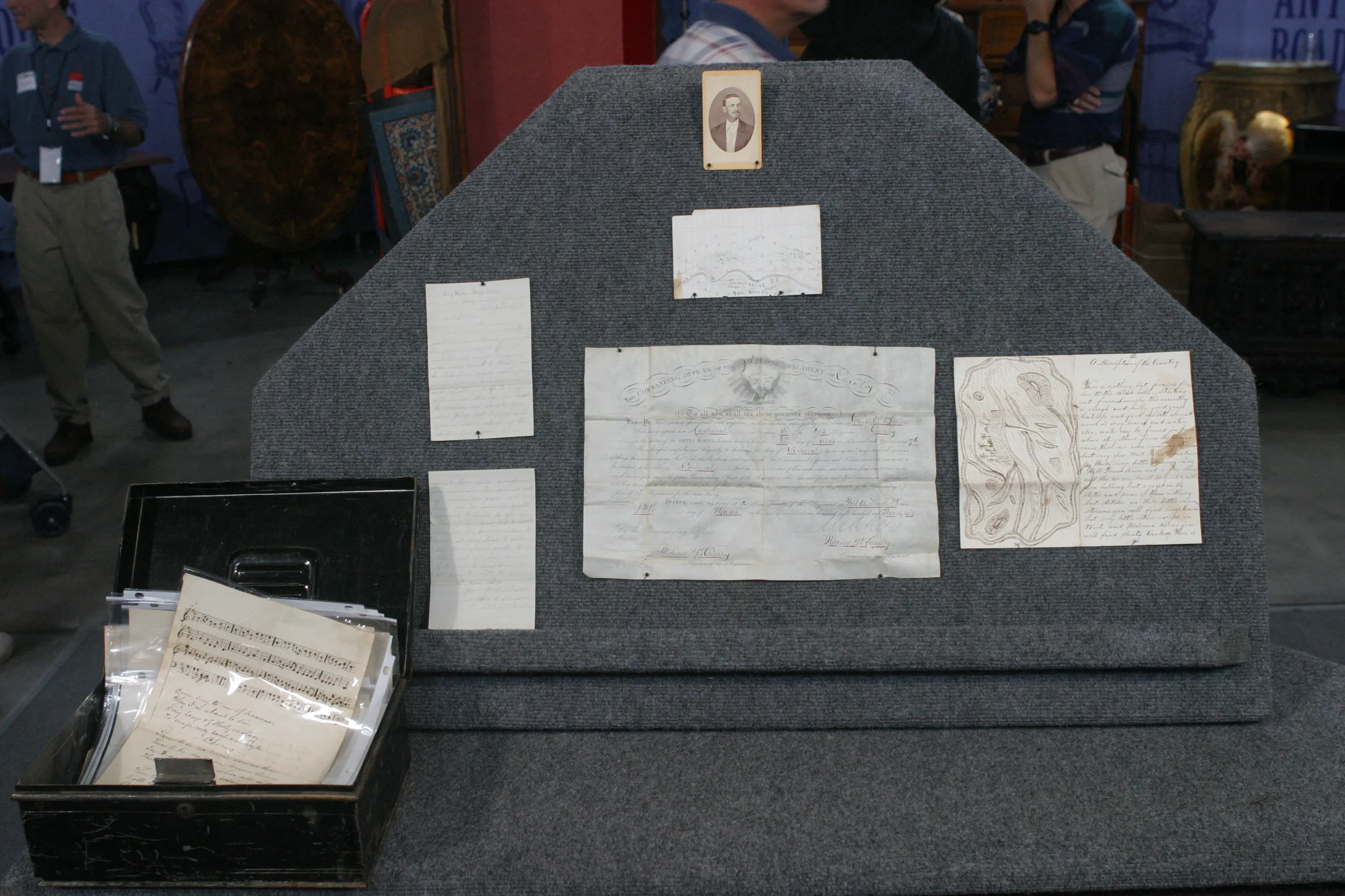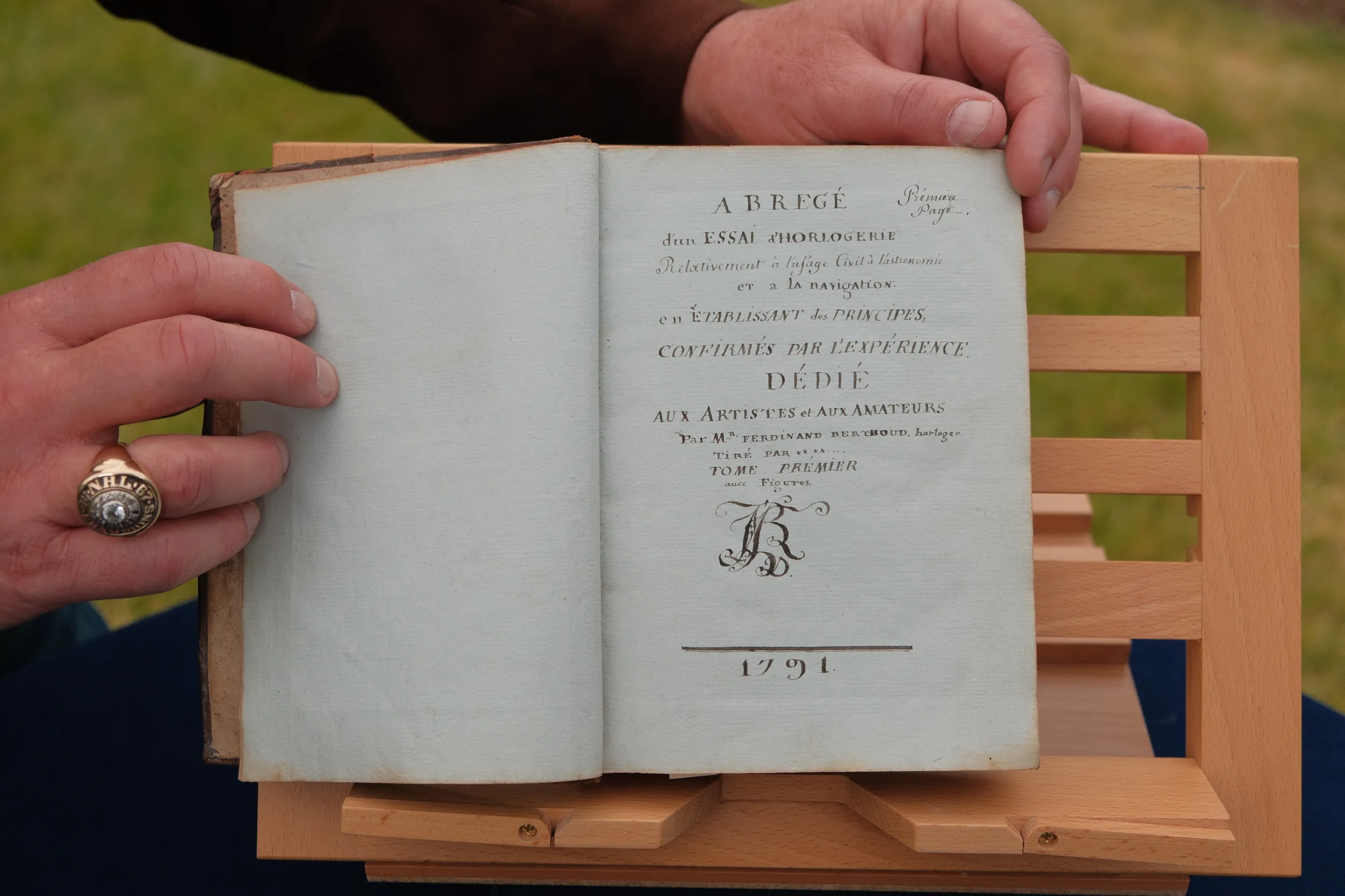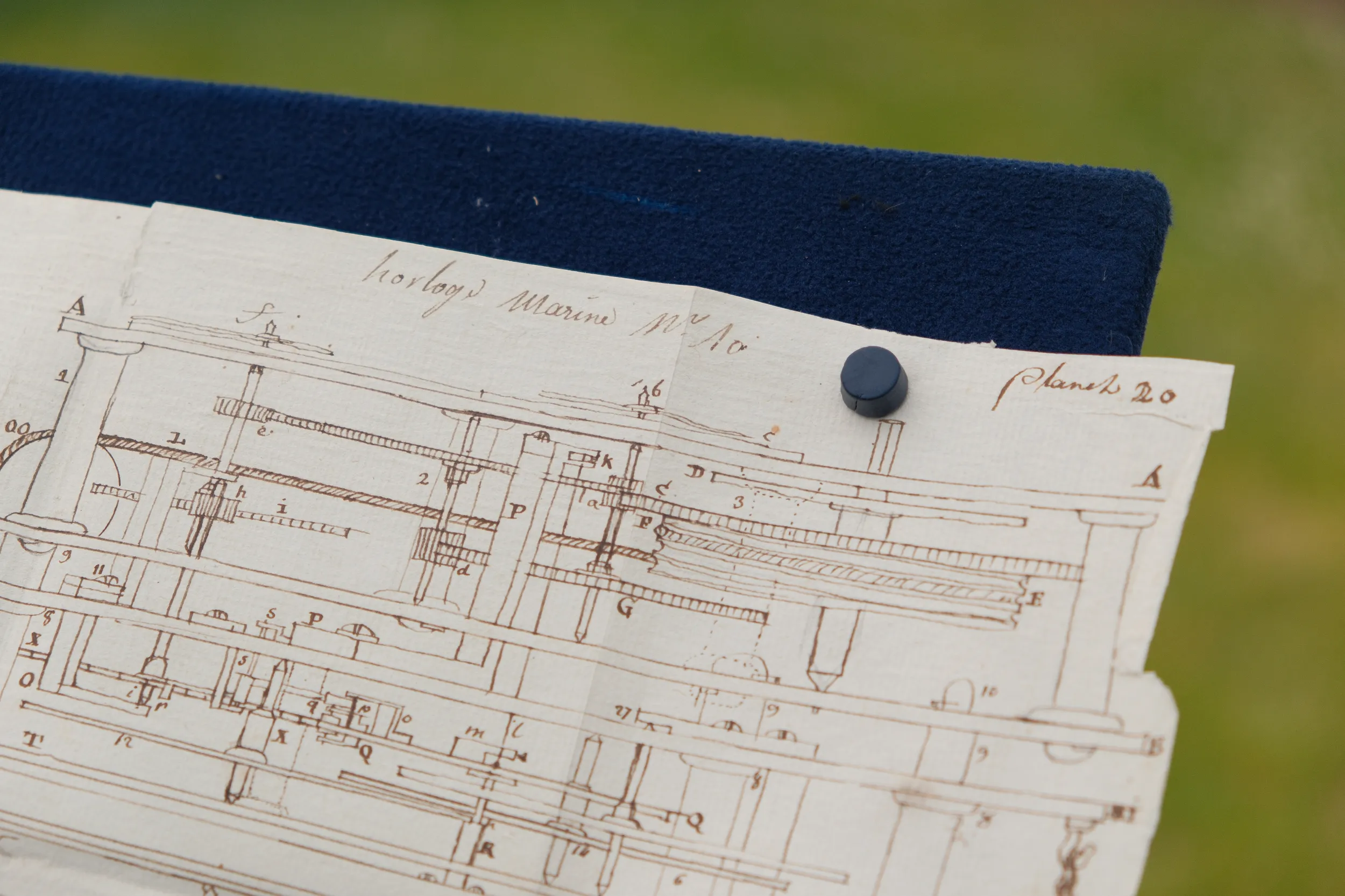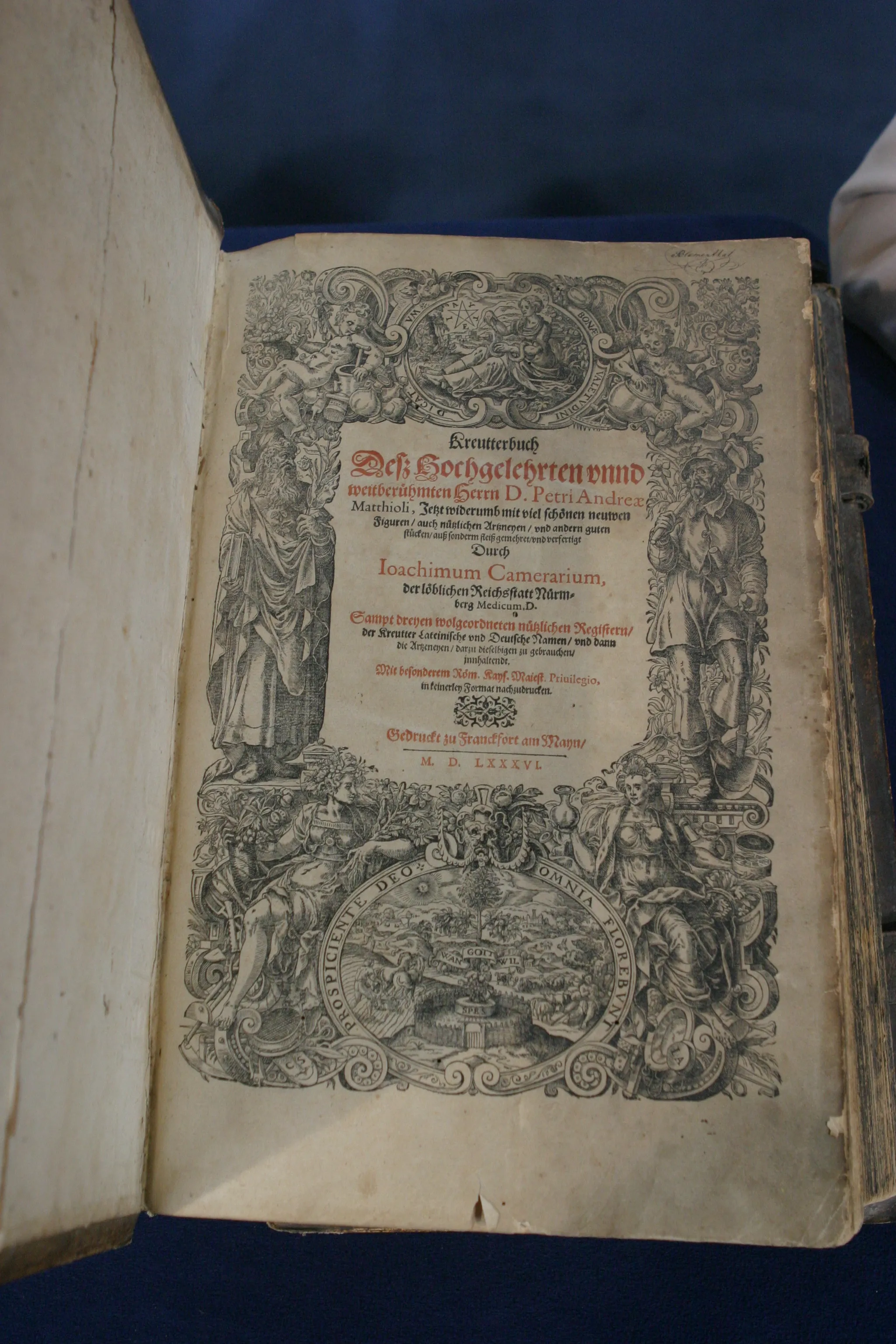GUEST: I brought a, a, a very old book, which is, uh, an essay on clockmaking that I found in an antique mall. My main interest is in, uh, collecting watches, but the watches I'm particularly interested in are those that pertain to navigation, and sort of tool watches that have to do with te, telling time in flight. I saw this book. What caught my eye was "Essai d'Horloge," on the outside cover, which is French for "An Essay on Clockmaking." So I opened it up, and then I couldn't believe what I found inside. Mm. It's handwritten by Ferdinand Berthoud, who was a famous Parisian clockmaker who was involved in making the first marine chronometers.
APPRAISER: And this is really important for our entire history of navigation.
GUEST: Right.
APPRAISER: Because there wasn't a way to determine longitude on a moving ship...
GUEST: That's right.
APPRAISER: ...in a way that we now take it for granted that we know we're going through time zones, and so on. And I know...
GUEST: No GPS.
APPRAISER: Yes, no GPS. (chuckles) And you know more about the subject matter than I do. There was a contest?
GUEST: I think it was King George put out a longitude prize, because, uh, an English fleet had actually shipwrecked, led to a massive loss of life. So he put out a prize, uh, to see who could solve the problem of determining longitude at sea so this sort of thing wouldn't happen. And I think in the day, it was about £17,000, which is about $3 million in today's...
APPRAISER: Yeah. It was a big deal.
GUEST: Yeah.
APPRAISER: And it was a, a British watchmaker who figured it out.
GUEST: Right, John Harrison was the person.
APPRAISER: John Harrison. And this is such a, an unusual book, because it is written by hand. It is not a printed book. There's also a handwritten title page that has Berthoud's cipher, and this book is from 1792. This book has two parts in one volume. The first part is, the title page is dated 1791, and the second part is dated 1792. And there is original material, like these drawings, inside. This is a very unusual occurrence, because we do sometimes find manuscript versions of printed books, but as far as I can tell, I cannot find a printed version of this book. (chuckles) And you have had a similar result, yes.
GUEST: (murmurs)
APPRAISER: There is still a firm in Switzerland with, bearing his name from his family, and they still make watches all by hand. And they have a bibliography, and they do not mention a work of this name at all anywhere that I can find, which is, again, very unusual. I also looked in library catalogues-- I can't find it. It looks to be, for all intents and purposes, something that he is directly working on. And there are different hands at the end, where it definitely looks like working notes, which is extraordinary! What was the price they were asking for this?
GUEST: Uh, I bargained them t, down to 200 Canadian dollars.
APPRAISER: There's a lot of interest in this collecting area. If this were to come up at auction, I would say the estimate range should be $40,000 to
$60,000.
GUEST (chuckling): Wow. Wow, I, I had no idea what it's worth, it's... (chuckles)
APPRAISER: I think the, the thing that I am enjoying about this is that you did recognize what it was when you saw it, and you picked it up, so it got
to the right... It got to the right home.
GUEST: It pulls to my heartstrings. You should probably insure it for at least $80,000.
GUEST: Honestly thought $2,000 to $5,000.

